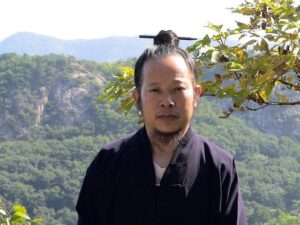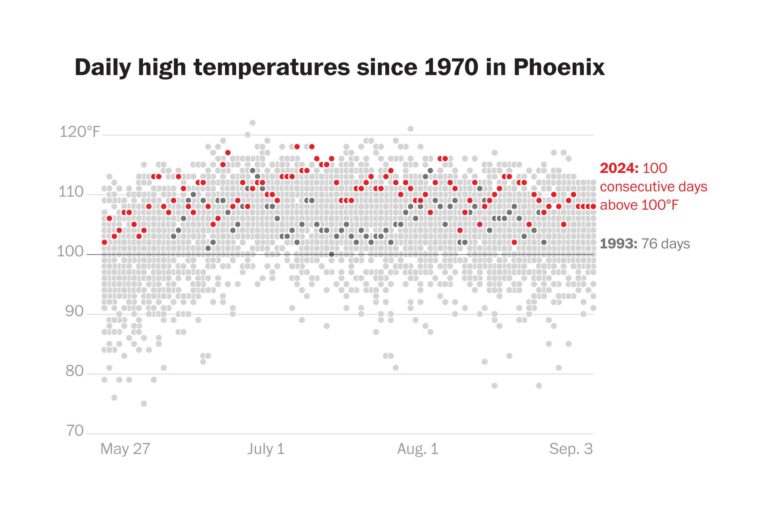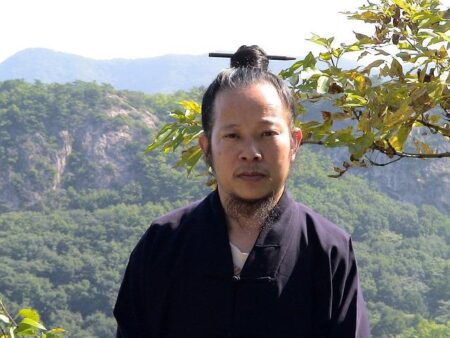Phoenix has officially experienced its 100th consecutive day with temperatures soaring above 100 degrees Fahrenheit, marking a new milestone in the city’s scorching summer. This unprecedented heat streak underscores the intensifying impact of extreme weather conditions in the Southwest, raising concerns about public health, infrastructure, and the region’s preparedness for prolonged heatwaves. ABC News reports on the implications of this record-breaking run of triple-digit days and what it means for residents and officials alike.
Phoenix Marks Century of Intense Heatwave Impacting Daily Life and Health
For more than three months, Phoenix residents have been grappling with relentless temperatures exceeding 100 degrees Fahrenheit, a historic heat streak that is dramatically reshaping daily routines and public health dynamics. The intense heat has forced city officials to implement emergency cooling measures, including extended hours at cooling centers and increased hydration stations in public areas. Vulnerable groups, such as the elderly and outdoor workers, remain at heightened risk, prompting local health authorities to issue frequent heat advisories and warnings to prevent heat-related illnesses.
Key impacts observed during this unprecedented heatwave include:
- Strain on energy infrastructure: Record electricity demand as residents rely heavily on air conditioning.
- Public health alerts: Spikes in heatstroke cases and heat exhaustion reported across hospitals.
- Disrupted daily life: Adjusted school hours and canceled outdoor events to avoid extreme exposure.
- Economic consequences: Increased operational costs for businesses managing cooling needs.
| Category | Impact | Response |
|---|---|---|
| Healthcare | Rise in heat-related illnesses | Public heat warnings & additional ER preparedness |
| Energy | High electricity demand peaks | Grid management & conservation campaigns |
| Community | Increased vulnerability of outdoor workers | Provision of shaded work areas & mandatory breaks |
Analyzing the Meteorological Trends Behind Phoenix’s Prolonged High Temperatures
Phoenix’s unprecedented run of high temperatures, breaking the 100-degree mark for 100 consecutive days, can be attributed to several converging meteorological factors. At the core, a persistent ridge of high pressure, commonly referred to as a “heat dome,” has anchored itself over the Southwestern United States. This atmospheric feature traps hot air and suppresses cloud formation, leading to relentless sunshine and escalating daytime heat. Additionally, low humidity levels typical of the region further exacerbate temperature spikes, limiting any potential cooling that moisture might provide.
Climatologists emphasize that local geography and broader climatic patterns also play significant roles. The urban heat island effect, which causes built-up areas to retain more heat, has intensified Phoenix’s temperatures. Meanwhile, shifts in the jet stream and prolonged drought conditions across the Southwest contribute to reduced cloud cover and soil moisture, allowing heat to accumulate more effectively. Below is a concise overview of key meteorological influences:
| Factor | Impact on Temperature |
|---|---|
| Heat Dome | Traps heat and blocks cooling weather fronts |
| Urban Heat Island | Increases nighttime temperatures and overall heat retention |
| Drought Conditions | Reduces moisture, decreasing evaporative cooling |
| Jet Stream Shift | Minimizes storm activity and cloud cover |
Community and Government Responses to Mitigate Heat-Related Risks in Phoenix
In response to the relentless heatwave, local authorities and community organizations in Phoenix have ramped up efforts to protect vulnerable populations from heat-related illnesses. The city has established numerous cooling centers in public libraries, community centers, and malls, offering free air-conditioned spaces along with hydration stations. Emergency services have also intensified outreach programs, targeting the elderly, homeless, and low-income residents with regular wellness checks and distribution of care packages containing water, electrolyte drinks, and heat safety information.
Government initiatives have embraced both immediate relief and long-term strategies to combat rising temperatures. The Phoenix Heat Mitigation Task Force has launched programs focused on urban greening, increasing shaded areas through tree planting, and expanding reflective roofing projects across neighborhoods most affected by the heat. Additionally, public awareness campaigns are being conducted to educate residents on heat safety practices, including heatstroke symptoms and proper hydration techniques.
| Community Action | Details |
|---|---|
| Cooling Centers | 50+ locations open daily, free to public |
| Hydration Stations | 1,000+ water points installed citywide |
| Urban Greening | 5,000 trees planted in high-risk areas |
| Public Education | Weekly heat safety workshops and flyers |
Practical Tips for Residents to Stay Safe and Cool During Extended Heat Episodes
Residents are strongly advised to stay hydrated by drinking plenty of water throughout the day, even if they do not feel thirsty. Avoiding alcohol and caffeine can help maintain proper hydration levels. Wearing lightweight, loose-fitting, and light-colored clothing made of natural fibers such as cotton will help keep the body cooler. Seeking shade or spending time in air-conditioned places during peak afternoon heat hours can significantly reduce the risk of heat exhaustion. Additionally, applying sunscreen of at least SPF 30 protects the skin from harmful UV rays, which tend to be more intense during extended heat waves.
Modifying daily routines can also make a big difference. Limiting outdoor physical activities and rescheduling errands to early morning or late evening when temperatures are lower helps prevent dangerous overheating. Community centers and cooling stations established by local authorities offer vital refuge for those without access to air conditioning. Below is a quick overview to help residents stay safe:
| Safety Measure | Key Advice |
|---|---|
| Hydration | Drink water every hour |
| Clothing | Wear breathable, light-colored clothes |
| Outdoor Activities | Limit between 10 a.m. and 4 p.m. |
| Cooling Spots | Use public cooling centers if needed |
| Sunscreen | Apply SPF 30+ regularly |
The Conclusion
As Phoenix marks its 100th consecutive day with temperatures exceeding 100 degrees, the city’s residents and officials continue to grapple with the challenges posed by prolonged extreme heat. This unprecedented streak underscores the urgent need for adaptive measures and long-term strategies to mitigate the impacts of rising temperatures in the region. With climate patterns shifting and heat waves becoming more frequent, Phoenix’s experience serves as a stark reminder of the broader implications of global warming on urban environments across the Southwest and beyond.







